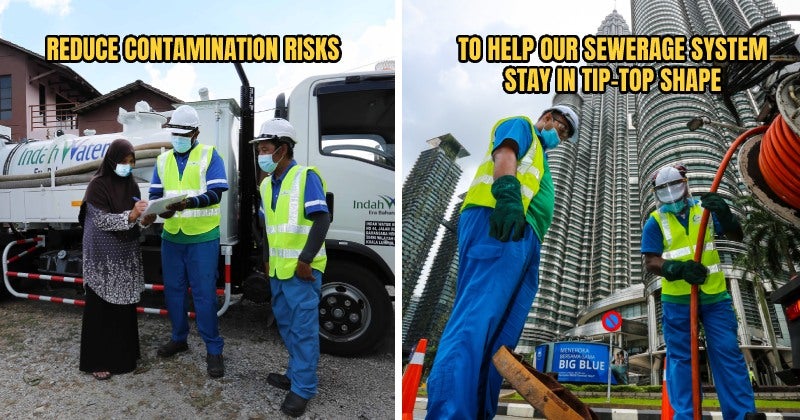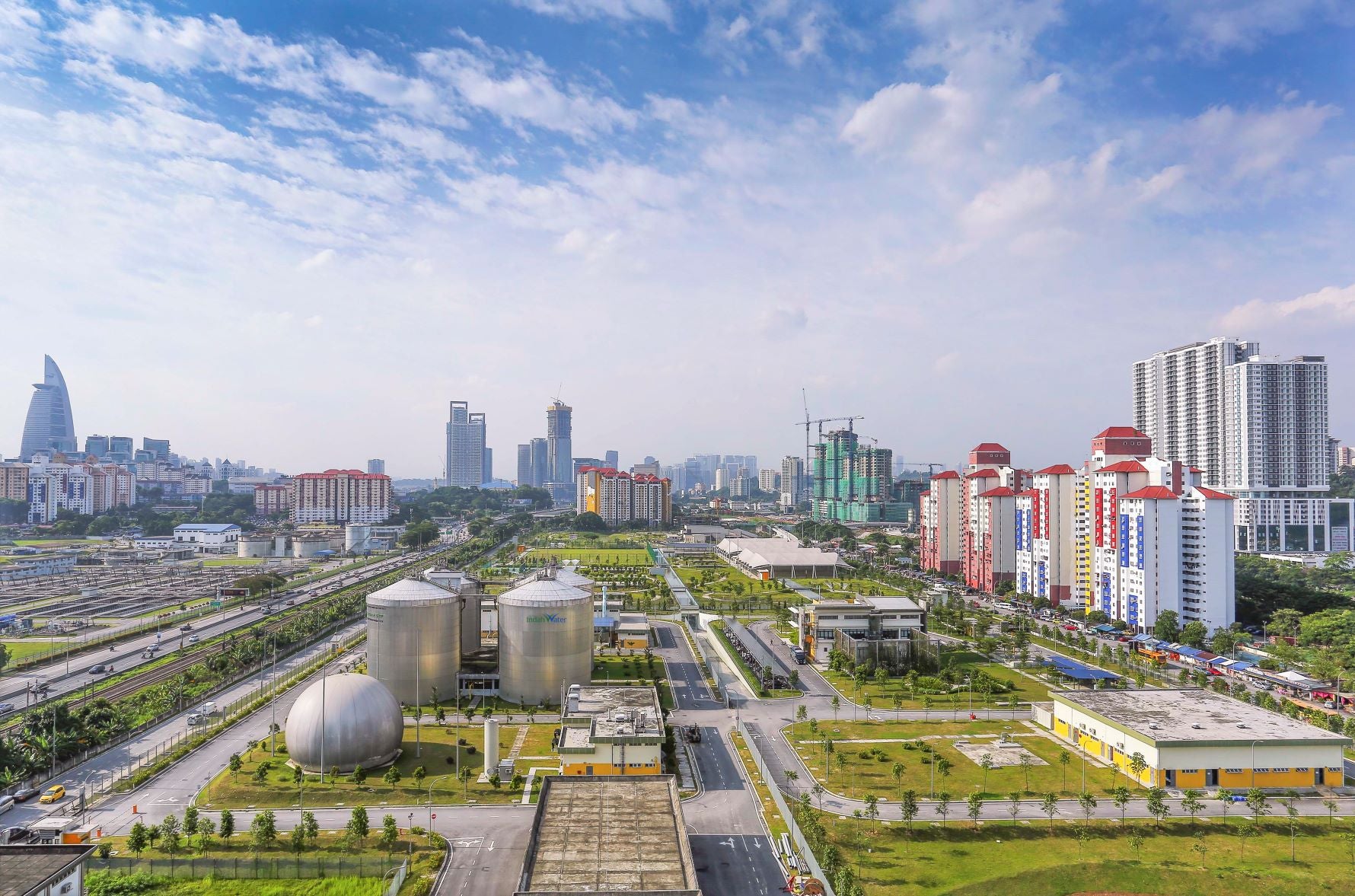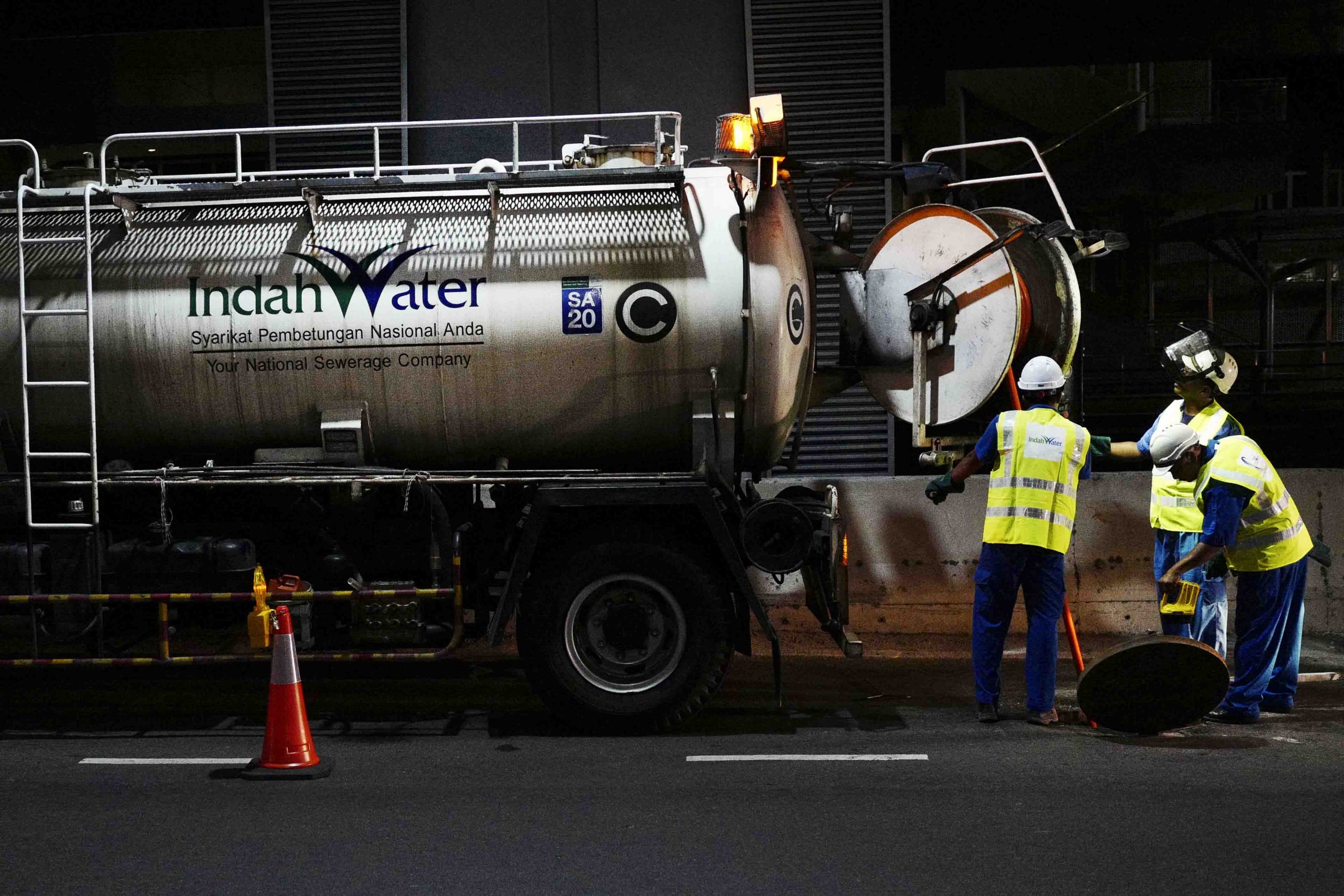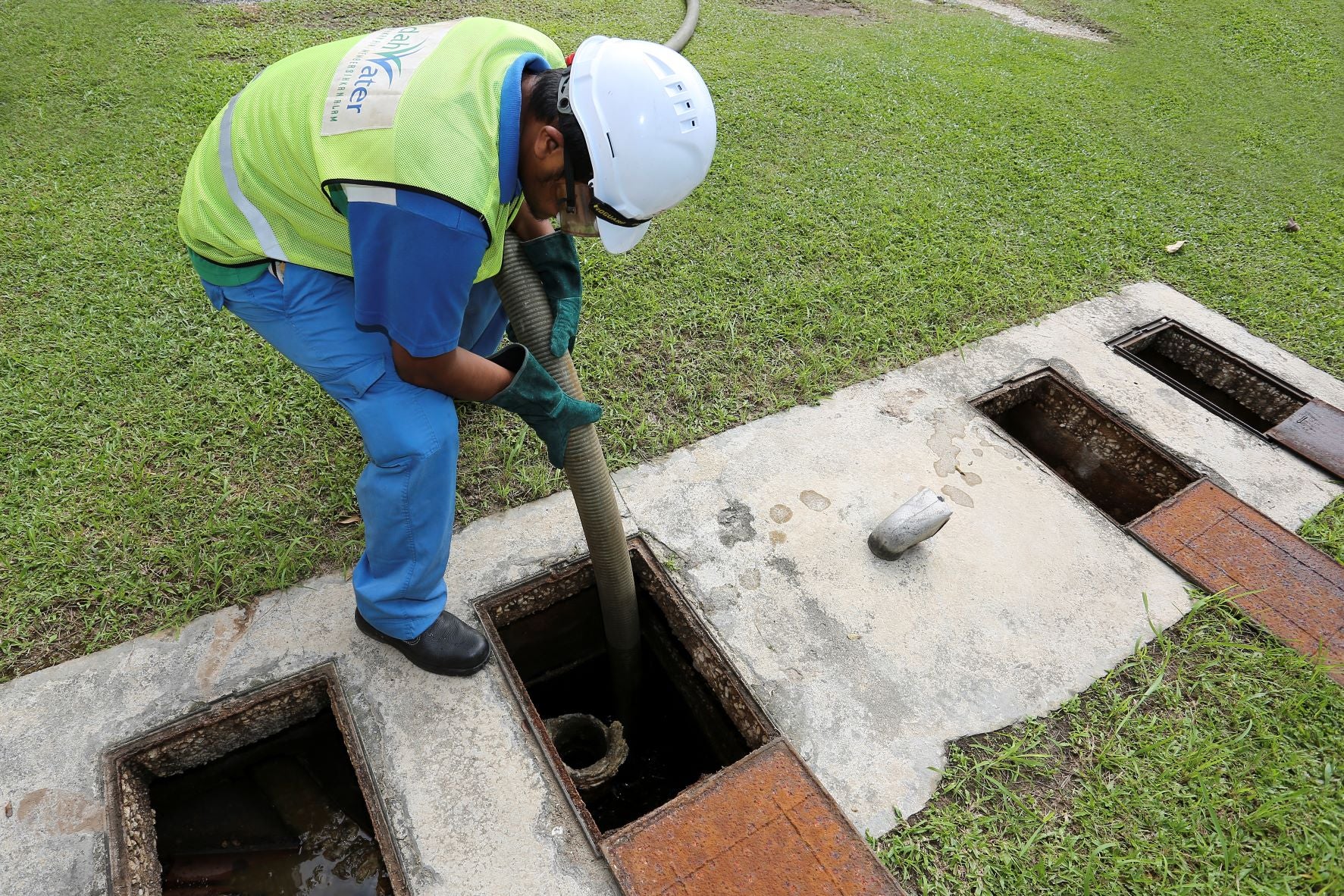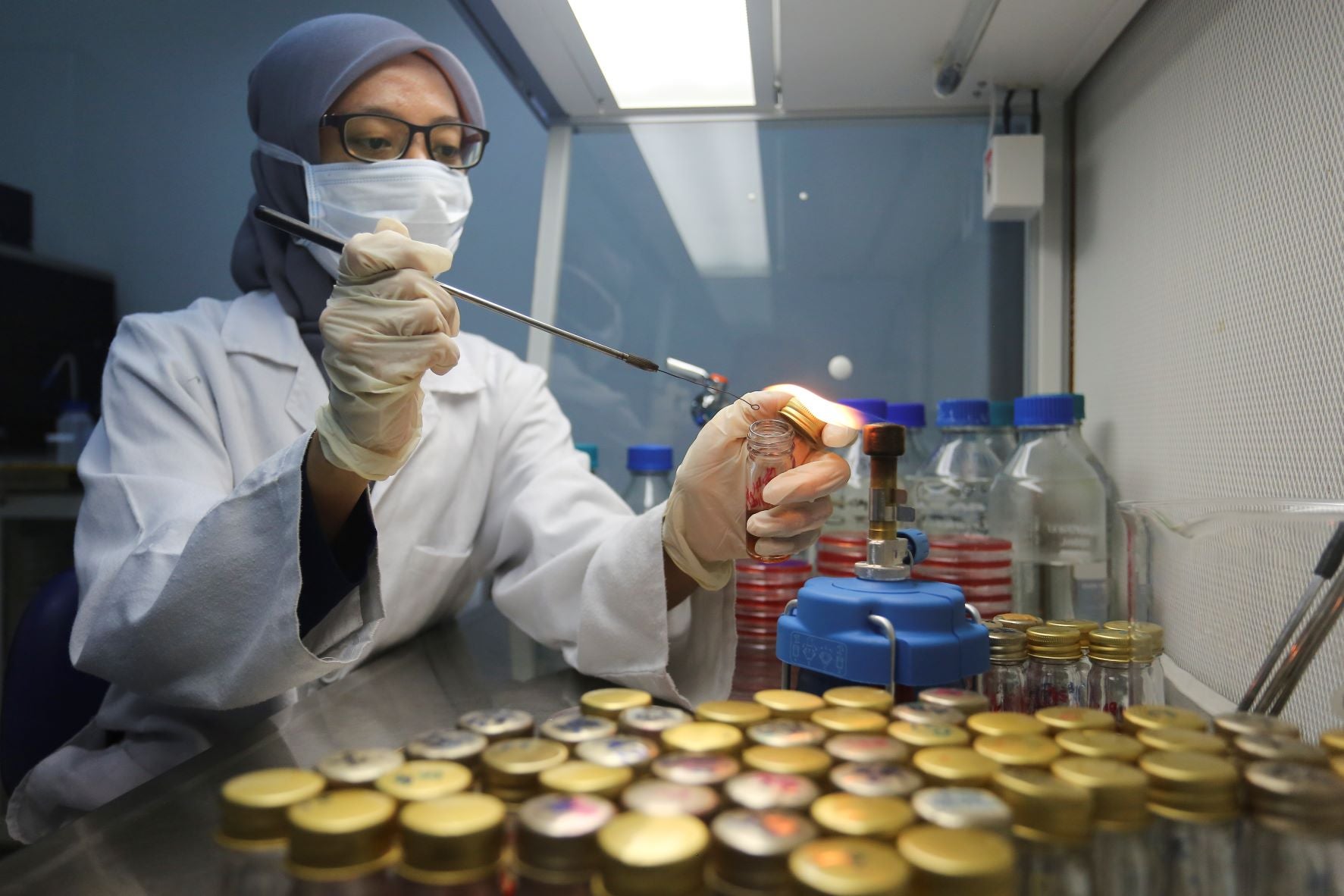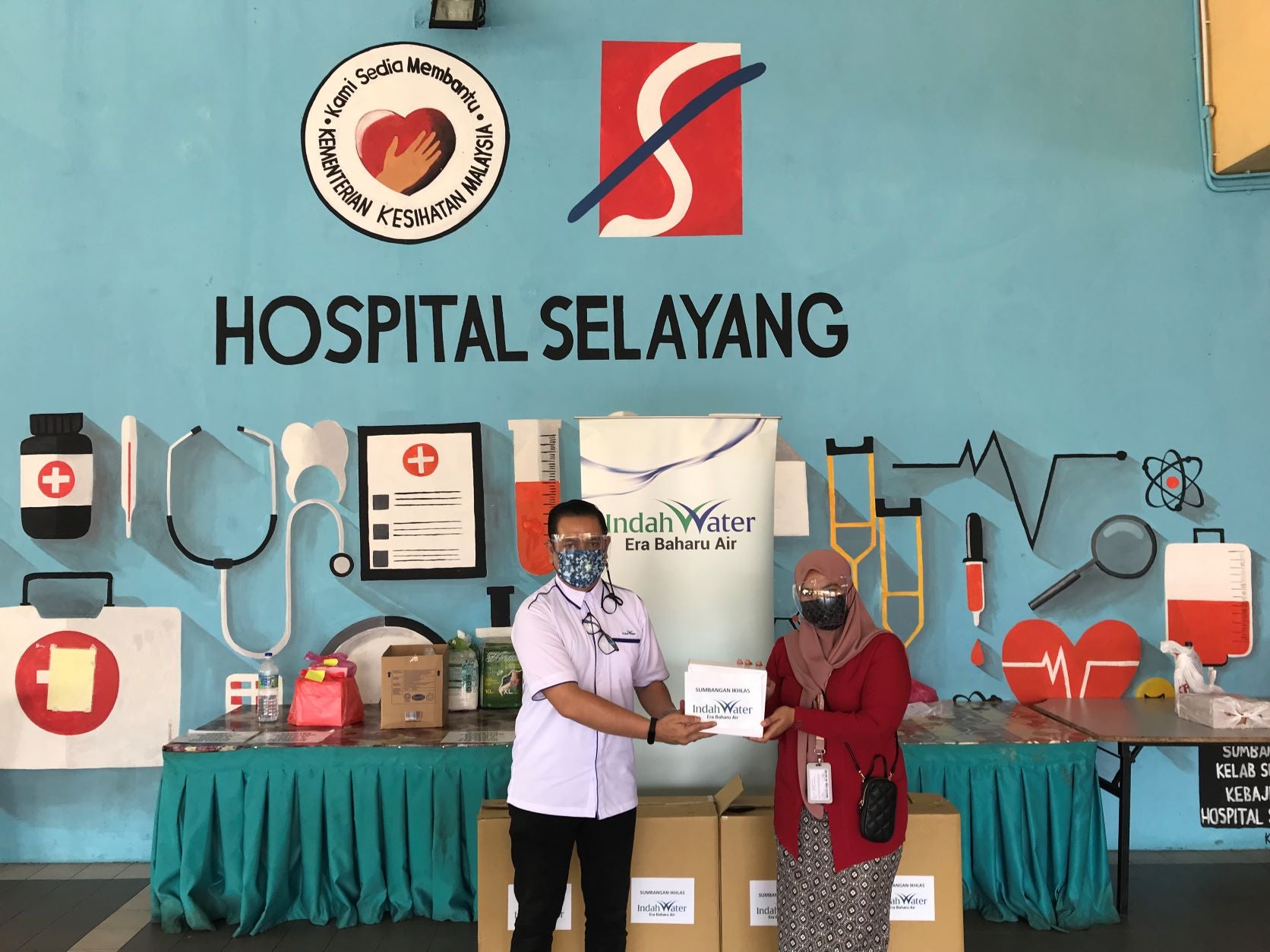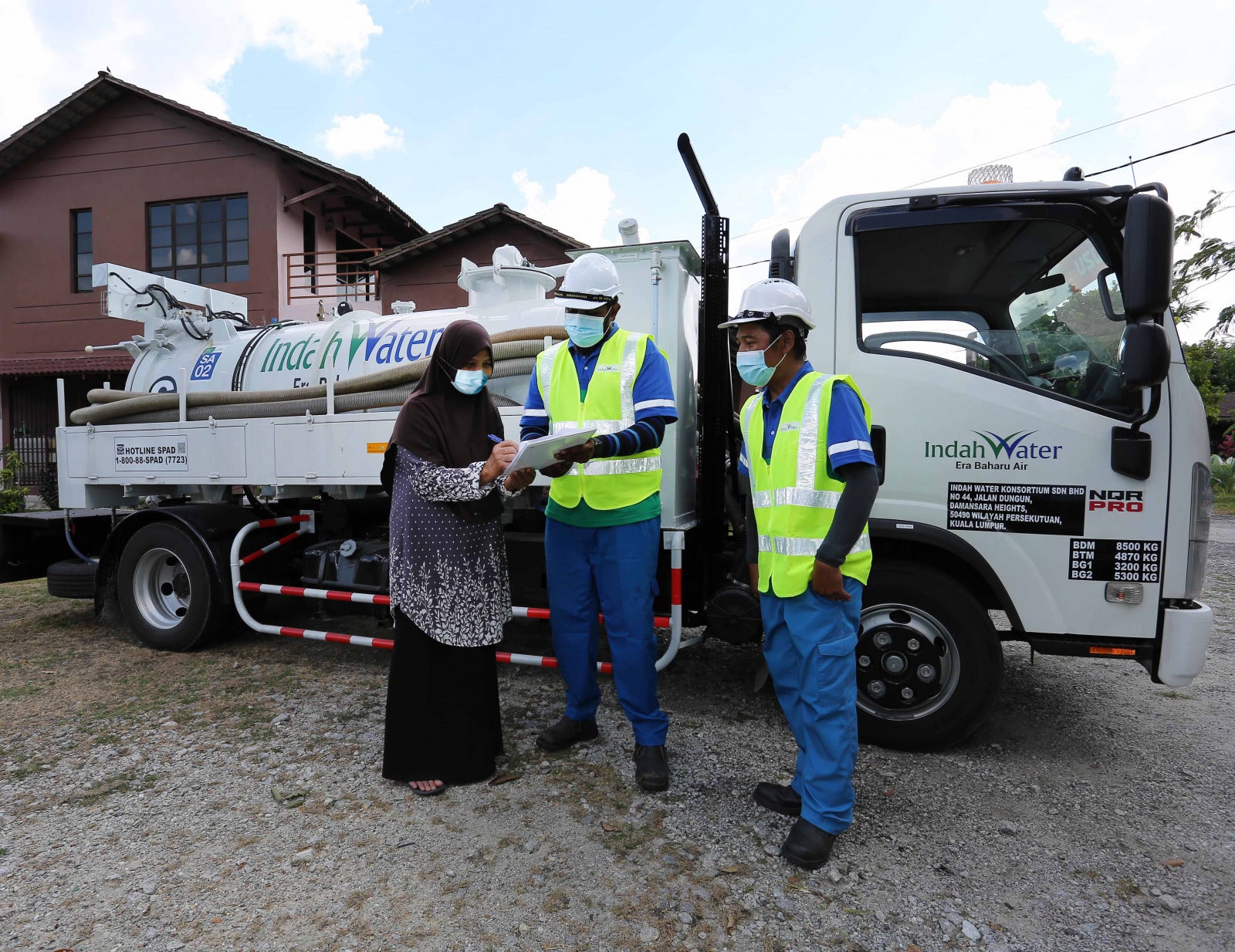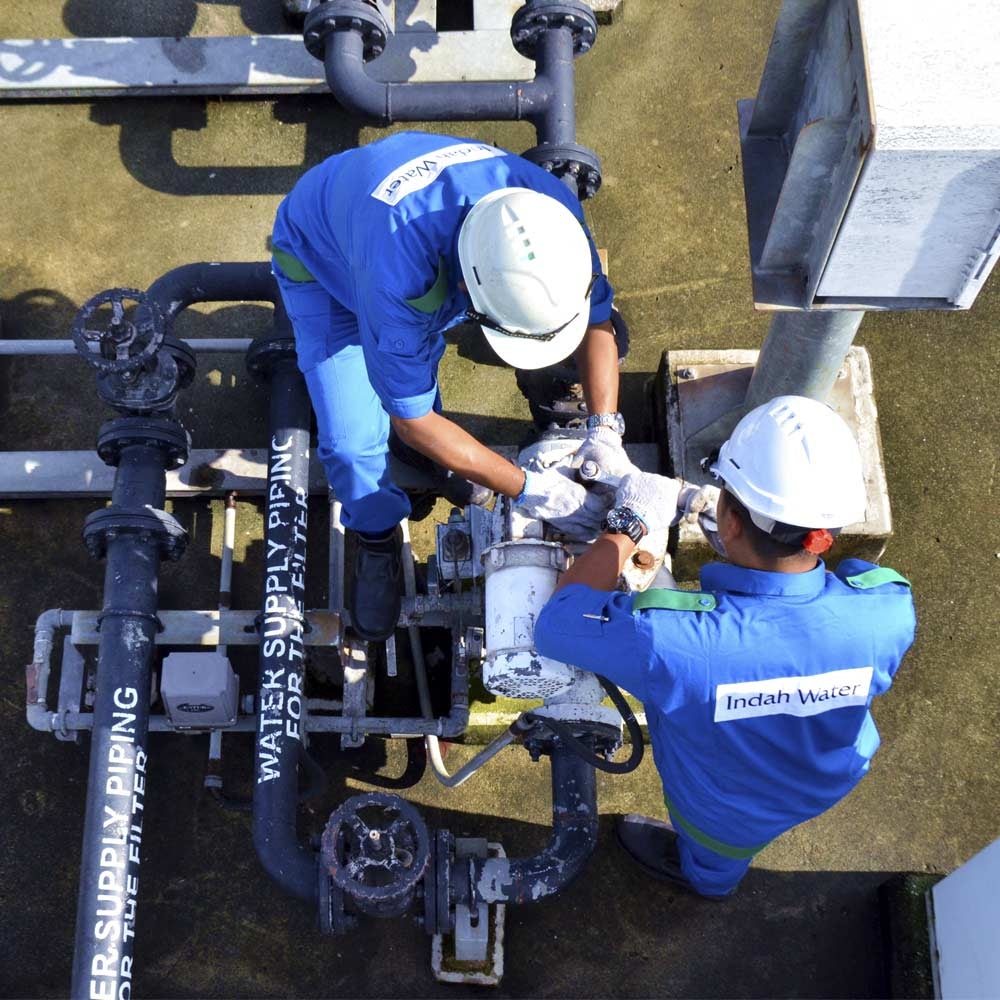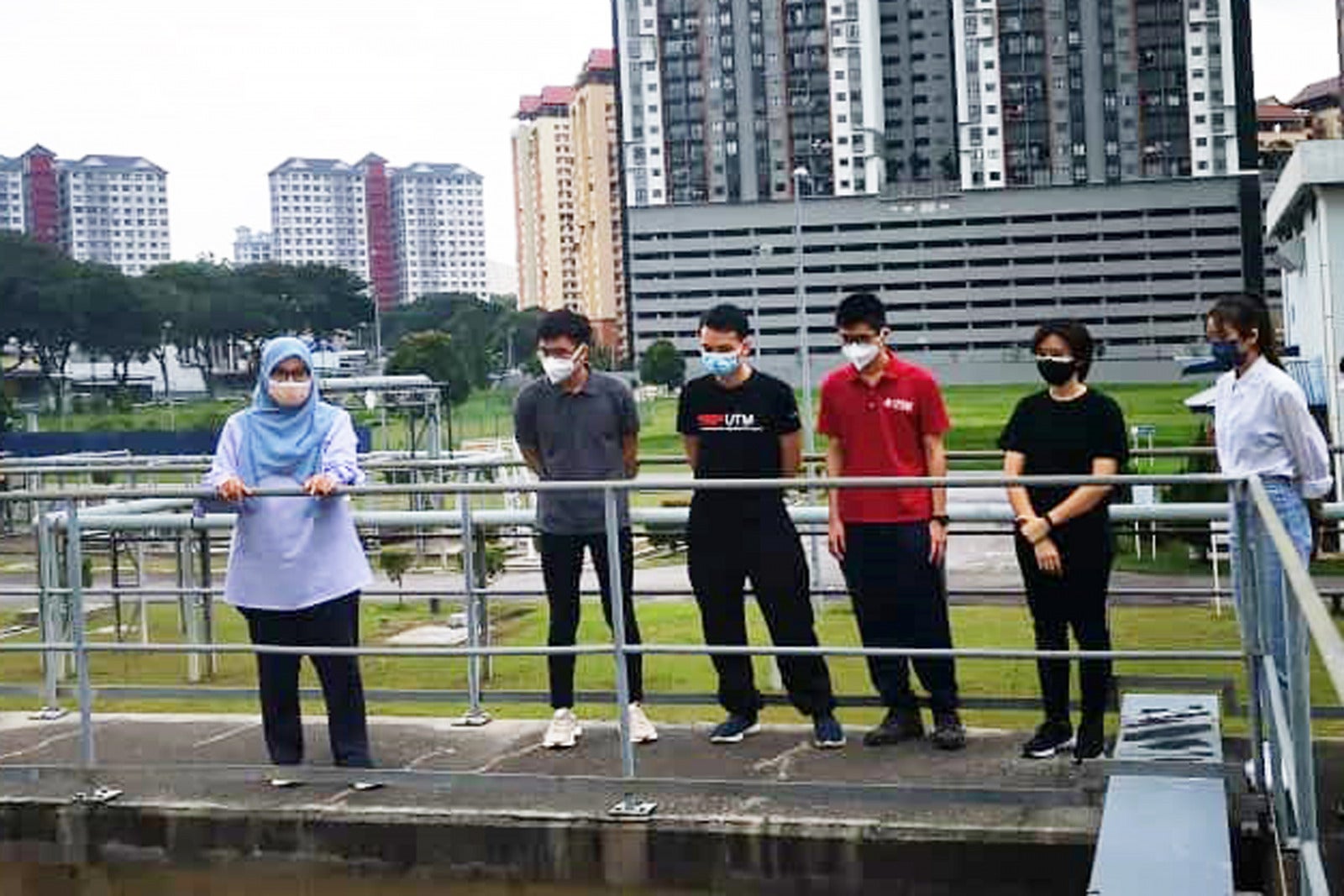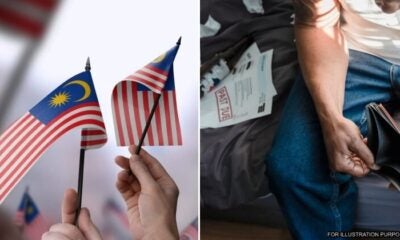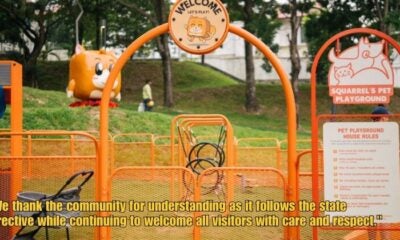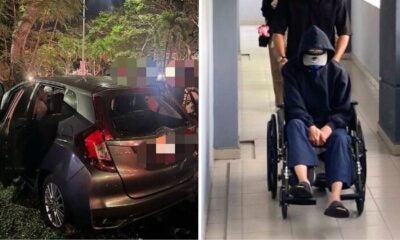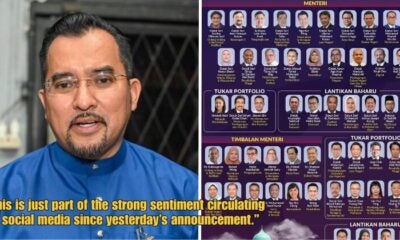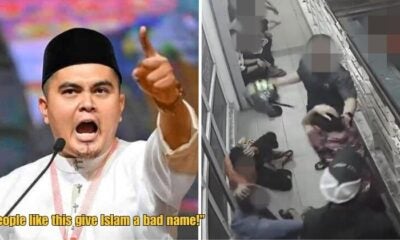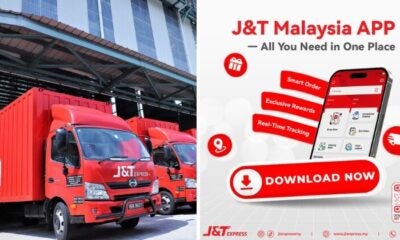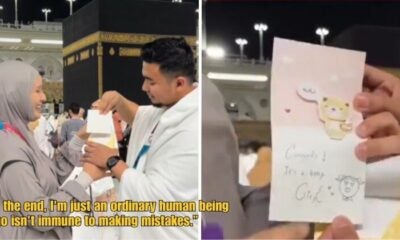It’s easy to forget what a luxury ? we have when it comes to our sewerage systems, never needing to worry about where our dispelled bodily fluids and solids go after moving our bowels. Plus, most of us only get billed by Indah Water Konsortium (IWK) every six months, not to mention at a pretty low rate. ?
Even though IWK has been running its operations efficiently, the reality is:
IWK’s sewerage tariff hasn’t been reviewed in almost 30 YEARS, which can negatively affect our lives in the future, particularly the environment and public health. ?
Before we give a quick rundown of why we should be worried, here’s a few things that we’ll clarify for you first. ?
1. What in the world is a sewerage tariff? ?
“Tariff” basically means a tax or duty that we pay for a particular product or service, and in this case, it’s to fund our sewerage system. By paying for sewerage tariff (which is included in our bi-annual bill), we’re helping IWK cover the costs of:
- Collecting & treating wastewater daily, 24/7
- Managing over 7,000 sewage treatment plants nationwide
- Managing public blockage related to sewerage and more than 22,000km sewer pipelines
- Electricity, which is one of the costliest bills for IWK
- Customer service
Plus, did you know that we have TWO main types of sewerage systems? ?
2. Hold on, there are TYPES of sewerage systems?
Uh-huh, not everyone’s sewerage system is the same, because different types of buildings require different sewerage systems to work efficiently. Here are the two main types that IWK uses:
Connected Systems
- ? Type of building: Linked houses (e.g. terrace, townhouse), low-cost buildings, high-rise, commercial buildings, and bungalows
- ?️ How it works: Use sewage outlets that connect straight to public sewage treatment plants – handled by IWK – via interconnected sewer pipes underground.
- Has an inspection chamber (rectangular metal cover) outside the compound:
- To check and clear blockages
- Contains sewage outlets from the premise’s toilets, bathrooms and kitchen
Individual Septic Tanks (IST)
- ? Type of building: Single dwellings (e.g. mansions) and certain villages and kampungs; in short, most property or development that are more than 25 years old.
- ?️ How it works: Contains two chambers in each series. The first chamber to separate solids (sludge) and grease/oil (scum), and the second chamber for further sedimentation (letting suspended material settle via gravity), before discharging into a drain or percolate (filter) into the soil.
- Most common and cost-efficient method to dispose of sewage, with over approximately one million ISTs nationwide.
3. Wait, so why should we review IWK’s sewerage tariff?
We’re grateful that we can cincai settle our sewerage bill (thanks to our government for making sure it’s affordable! ?) and still support IWK to maintain an efficient sewerage system for the past 30 years. However, the sewerage tariff that was implemented 30 years ago is way too outdated already and is in urgent need of a review.
To better fund and ensure the efficiency of our sewerage system, here are some reasons why it’s important to review our sewerage tariff:
A) Operational costs have increased so much, macam our cost of living and inflation rate
Due to the lack of sewerage tariff review, we and our parents have been paying the same amount for the last three decades! With the inflation of prices everywhere (which means operational costs have increased substantially, especially electricity), the amount we’re all paying isn’t sufficient to cover the current costs of their operations anymore. ?
B) Increase quality of life and improve public health
By strictly adhering to the standards set by the Department of Environment (JAS), IWK would be able to optimise the operation and maintenance of the sewerage system to:
- Provide continuous services to the people
- Reduce contamination risks
- Preserve our environment properly
C) Making sure sewerage equipment stays in tip-top shape
Wear and tear apply to every tool we make, and those used to service IWK’s sewerage systems are no exception. This is why it’s important to also:
- Plan and schedule replacements of ageing equipment in stages (over 45% of IWK’s equipment is more than 10 years old)
- Implement continuous improvement to solve operational problems effectively
Wow! Didn’t know our sewerage system needed help ?
And that’s just the short version of all the reasons why reviewing our sewerage tariff is important!
Believe it or not, our sewerage system plays a HUGE role in our environmental water source cycle. It filters out all the waste we produce to ensure the quality and freshness of our water.
So, not only will the water be safe for human use, but our natural environment would be able to flourish healthily with the availability of clean water.
On the other hand, with a poorly-managed sewerage system, IWK won’t be able to properly treat sewage waste according to the standards stipulated by the Department of Environment (DOE), and will eventually cause pollution not only to water resources but also the environment as a whole – our entire ecosystem LIVES on water!
Sometimes we don’t know what’s good for us until they’re gone. So, let’s try our absolute best to not let this be the case with our sewerage system! ?
For more info on IWK, check out www.iwk.com.my to find out more!

